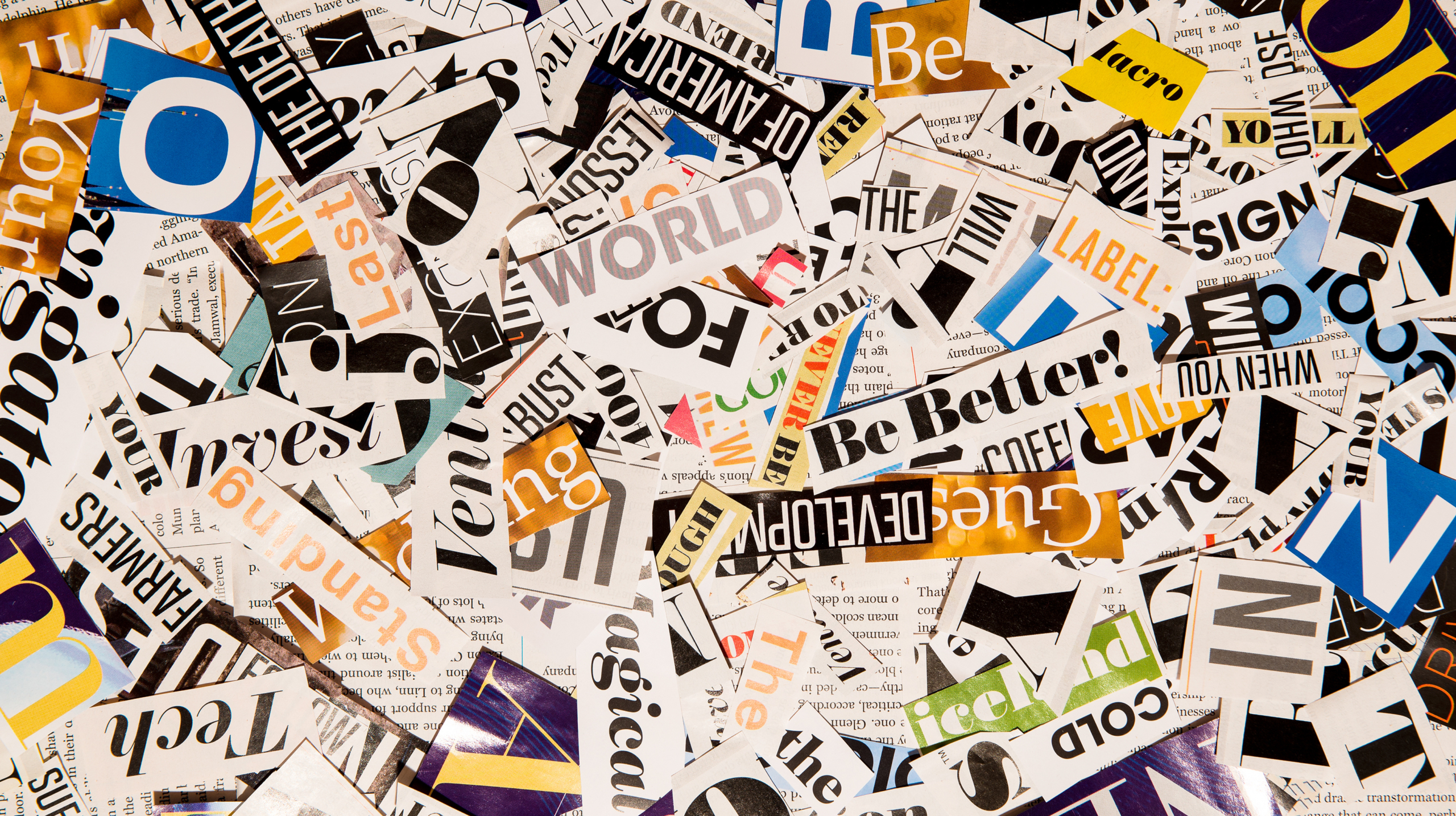Sign up for The Media Today, CJR’s daily newsletter.
People who work for newspapers often have to be familiar with a different measurement system than inches and feet.
You need to know, for example, that the size of the type is measured in “points.” Ordinary body type might be something like 10 “points,” with headlines starting around 12 “points.” In this measurement, 72 points equals an inch. In the days before computer publishing, headline orders were often given as something like “2-36-2 Bodoni,” two columns wide, 36-point Bodoni type, two lines.
The width of printed columns, by contrast, is measured in something called “picas.” Conveniently, 12 “points” equal one “pica”; 6 picas equal 1 inch.
But it was not always the case. Though its etymology is unclear, “pica” has been a typographical term since at least the mid-16th century, the Oxford English Dictionary says, representing a specific size of type, about, er, 12 “points.”
ICYMI: Labeling Jeffrey Epstein
Back then, individual foundries made their own pieces of type, and there was not much numerical standardization. Instead, groups of type had names, which indicated their relative sizes (and sometimes font). Among the smallest was “diamond.” Other type sizers were called “pearl,” “agate,” “nonpareil,” “minion,” “cicero,” etc., without a lot of rhyme or reason, and the names varied by country. There was the “small pica,” approximately the same size as the “cicero,” equal to about 11 points, and the “double small pica,” about 22 points. About the only one we still use today is “agate.”
Here’s a description of “agate” from The American Dictionary of Printing and Bookmaking, published in 1894, a dense but fascinating history of type around the world.
Agate in America, or ruby in England (half small pica), was, in fact, originally a nonpareil with short ascenders and descenders, cast on a smaller body, or sometimes a pearl, on a larger, to look open; but now some founders have a distinct specimen for this size.
How big was “agate”? Hard to say. The size of points themselves differed from foundry to foundry.
The French were among the first to decide to standardized type sizes, in part to make it easier for publishers to share their letters. (Back then, each letter was on a different block of wood or metal, which were assembled by hand to make a word, a line, a book.) In 1737, Pierre-Simon Fournier used the Paris inch, a now-obscure measurement equal to 1.0657 inch, creating a scale of 6 “ciceros” to the Paris inch. But the sizes still had names. About 40 years later, Françoise-Ambroise Didot refined Fournier’s system, changing the measurement of a point to be exactly 1/72 of a Paris inch and replacing names of type sizes with numbers.
So everyone was on the same page now, right?
Wrong.
Remember, the Paris inch was longer than the American inch, and most of the world is on the metric system now. In Europe, the standard is not just the “point,” but the “didot point,” declared in 1973 to be equal to .376 millimeters. In the United States, with its imperial system, the “point” was standardized in 1886 to be equal to .013837 inch, or about .3515 millimeters. (The basis of this was the “Johnson pica,” exactly 0.166 inch.) The Japanese “point” is .3514 millimeters, or .013835 inch. Can’t we all just get along?
Fortunately, computers, which have no national boundaries, have come to our rescue. Type sizes in word processing programs are standardized, most to Adobe’s PostScript standards or “DTP point,” for “desktop publishing point.” In the modern world, a “pica” is exactly one-sixth of an inch, so a “point” is .353 millimeters. But though design programs usually use “point” and “pica” for measurement, most word processing programs simply list numbers for type size. (What’s the point of knowing what’s a point?)
But we have at least one holdover from the olden days: “agate.” Still called “ruby” in England, the official measurement of “agate” is 5.5 points, about 1.81 millimeters. In American newspapers, the term “agate” usually refers to the small type used in sports scores, death notices, classified ads, or other statistical matter. It’s sometimes 5.5 points, but not always: the size of “agate” type is often relative to the size of the publication’s regular body type. The publication whose body type is about 10 points, for example, might use “agate” that is 7 points, small enough to be differentiated from body type, but large enough to be read without a magnifying glass.
Sometimes, size does matter. But it’s relative.
ICYMI: Is ‘superannuated’ superfluous?
Has America ever needed a media defender more than now? Help us by joining CJR today.



